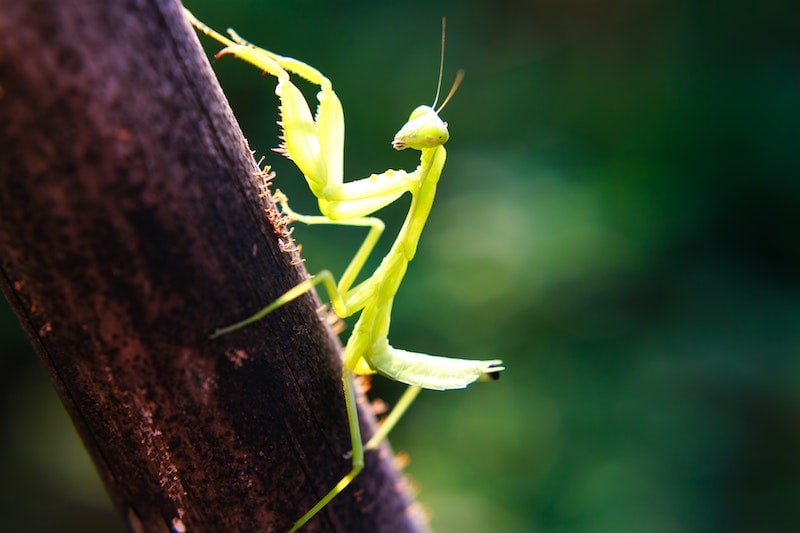What Is the State Insect of Connecticut? Origin & Facts
-

- Last updated:

Connecticut is one of the oldest states in the United States, and it has amassed many state symbols over the years. Connecticut has an official state polka, state airplane, and even a state flagship. One of the official state symbols of Connecticut is the state insect.
The state insect of Connecticut is the European praying mantis (Mantis religiosa). The European praying mantis is widespread throughout Connecticut and is easy to find during the warm months. Some people questioned the choice of the European praying mantis as the official state insect when it was selected, but the iconic insect has grown on people over the years. Here is how the European praying mantis became the official state insect of Connecticut.

How Was the European Praying Mantis Chosen as the State Insect?
The European praying mantis was proposed as the state insect in 1977. After some debate, the insect was officially chosen as the state’s representative for insects by the state legislature and became official on October 1, 1977.
The choice of an official state insect was one of the earliest symbols adopted by the state of Connecticut. The insect came in as the fifth symbol chosen after the state flower, bird, tree, and animal. The decision to make the European praying mantis the official insect of Connecticut was not without its detractors. People have been scratching their heads over the choice for years for one big reason. The European praying mantis is not native to Connecticut.
A Non-Native State Symbol

It is unusual for a state to choose a non-native fauna for an official symbol. Most of the time, a state likes to choose a symbol that is inherently native to the area. The European praying mantis is naturally from northern Africa and southern Europe. The European praying mantis is not even native to the entire continent of North America.
The Greenwich Sentinel calls the European praying mantis’s rise to the position of official state insect “an unheard of honor for an introduced species,” highlighting how odd this choice truly was.
There are two common species of mantis that can be found in Connecticut, and they are both non-native and introduced species. The European praying mantis was introduced to Connecticut sometime in the 1890s, likely from trade ships from Europe. The second species of mantis, the Chinese mantis, was first spotted in the state in 1902.
Despite being non-native, the European praying mantis is prevalent throughout the state. The bugs can be seen in large numbers during the spring and summer months. They disappear rapidly in cold weather but will return to the same areas they inhabited before when the weather warms back up. The European praying mantis is not a protected species in Connecticut because it’s thriving.
Interesting European Praying Mantis Facts

Praying mantises are predators. They hide by camouflaging themselves in local foliage. The praying mantis sits stationary and waits patiently for prey insects to walk by. Once they spot a juicy target, they strike. Praying mantises can strike their targets in just thirty-thousandths of a second, or about twice as fast as you can blink your eye. Their predatory nature and unique appearance have made them prized by cultures all over the world for centuries, including the people of Connecticut.
Praying mantises are cherished for their ability to control local pests. They will kill and eat roaches, ants, bees, and mosquitoes. But they will also eat butterflies, moths, and grasshoppers. The mantis is not a commercially viable pest control method, but they are seen as a symbol of the environment and natural farming and gardening.
Praying mantises are completely harmless to humans despite their quick striking ability and their size. The European praying mantis can grow up to four inches in length, making them one of the biggest insects that you can find in the wild in Connecticut.
Final Thoughts
The European praying mantis claimed the title of Connecticut’s top insect in 1977 despite being native to Europe and Africa rather than North America. The praying mantis has long been a symbol of nature’s beauty, and it has an iconic look that is instantly recognizable. The insect can be found throughout Connecticut in the summer and remains a popular, if enigmatic, choice for the state insect.
Featured Image Credit: mirey2222, Pixabay
Contents

